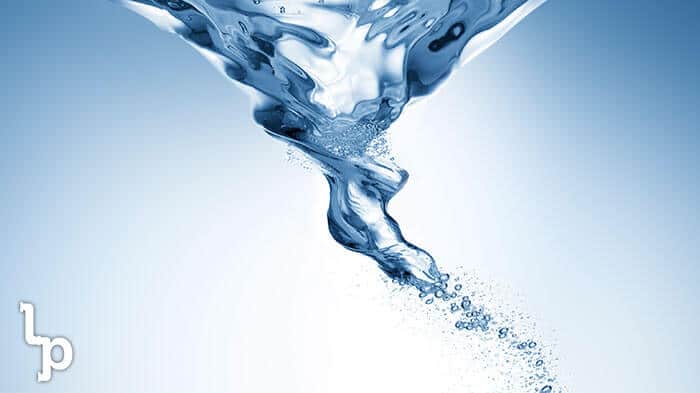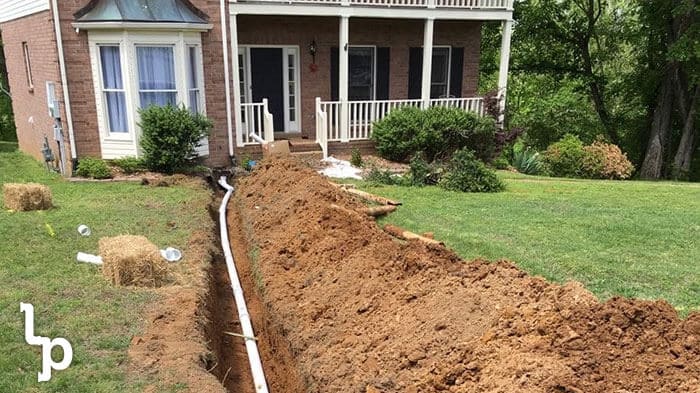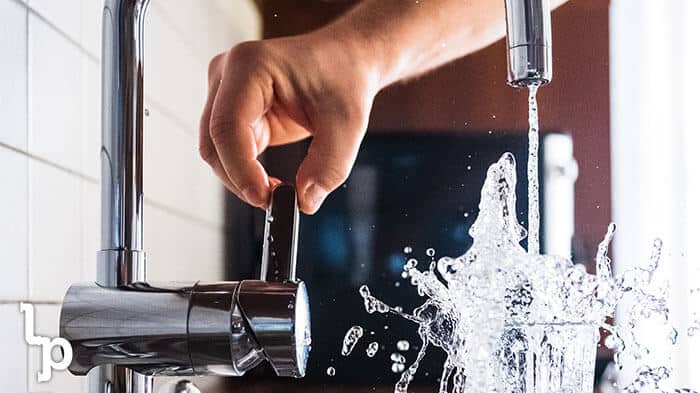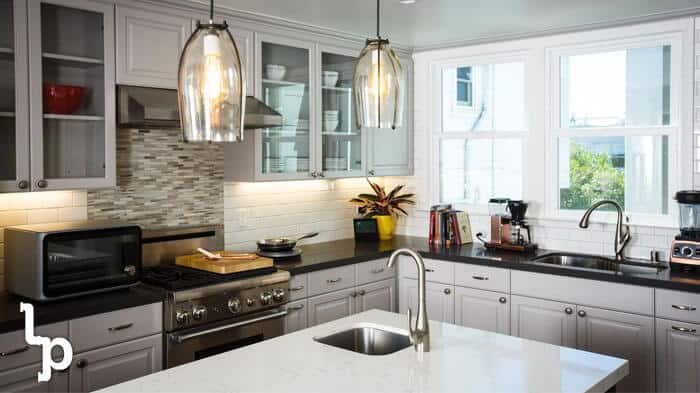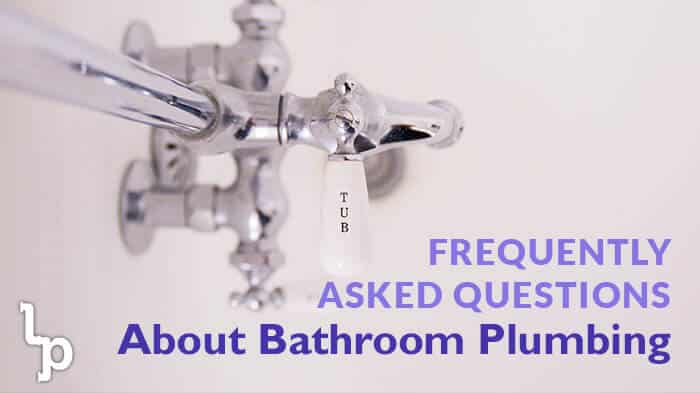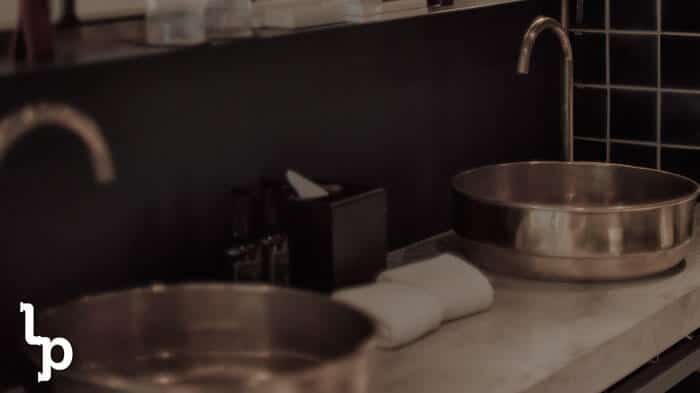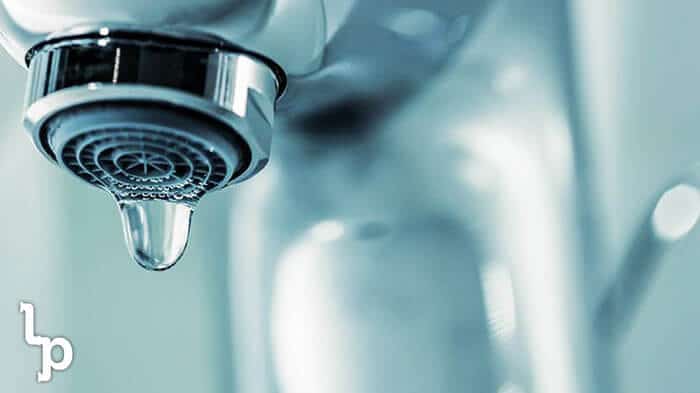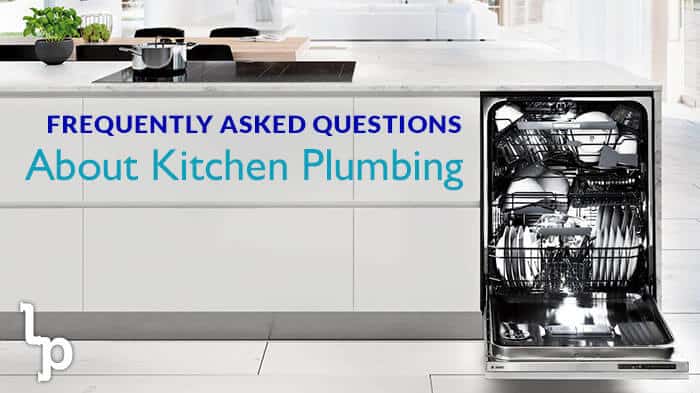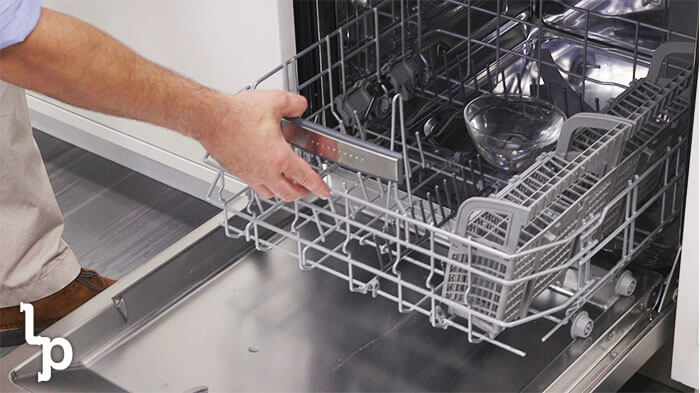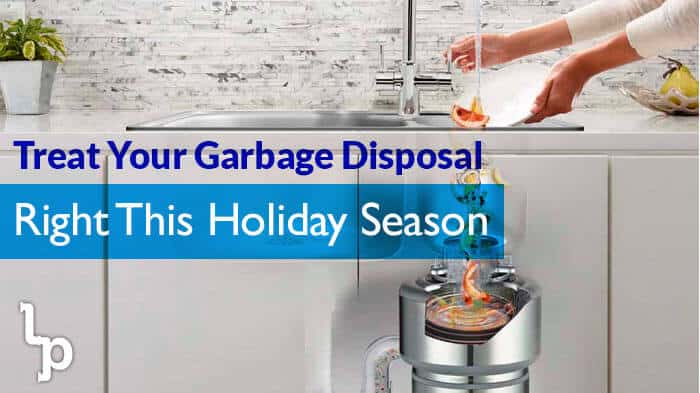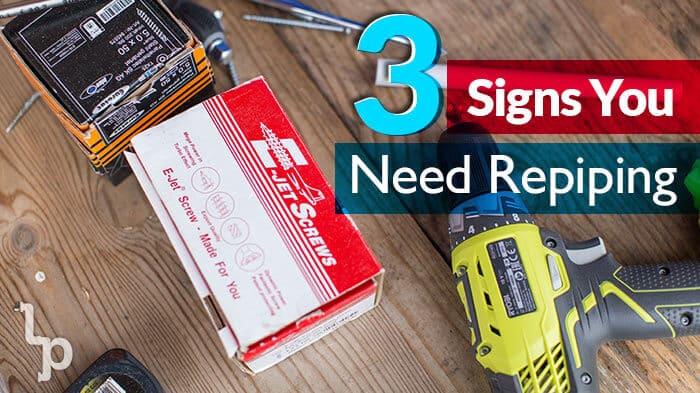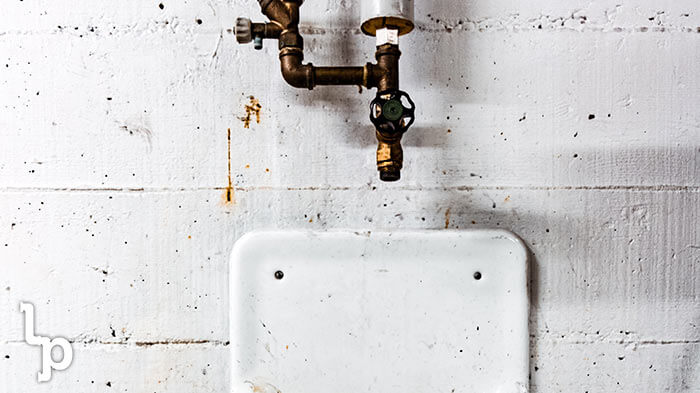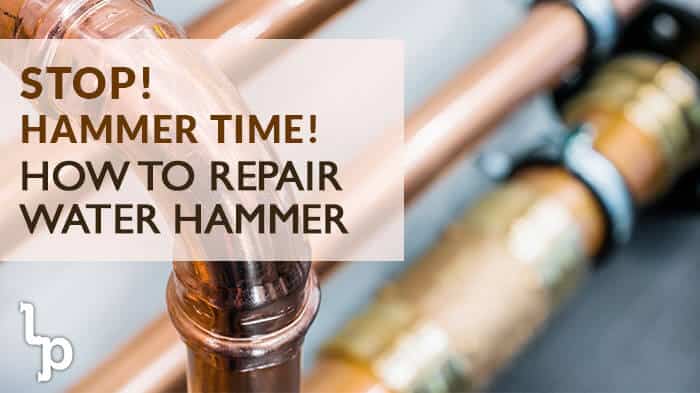
Have you ever noticed a loud noise or “thunk” when you turn off the tap, or when the water stops in your dishwasher or washing machine?
If this sounds familiar, pay attention because it could be “water hammer”.
This is something to take seriously, as it could be a sign of damage to your plumbing.
And if left without addressing the issue, it may lead to issues which could necessitate major faucet plumbing repairs.
Keep reading to find out what this means, what causes it and what you can do about it.
Stop, Children, What’s That Sound?
Also known as hydraulic shock, water hammer is the surge of pressure cause when a fluid in motion is suddenly forced to stop, such as when you turn off the tap.
The sound which results is often described as a loud banging or hammering noise, caused by rushing water suddenly stopping and slamming into the closed valve.
The impact from this can result in broken pipes, loose fittings, and damage to appliances
Shock waves can also cause your pipes to physically move, and if they are not properly secured they could hit against the walls, causing even more noise and damage.
What’s Going On?
Now that you know what the cause of these noises is, what can you do about it?
Most likely your pipes will have air chambers, which is a short pipe behind the valve (some older homes may not have this, unless the plumbing has been updated).
These air chambers fill with air, which absorbs the shock which can occur when the water flow stops suddenly.
If water bubbles up into the air chamber over time, it can negate the shock absorbing properties they offer.
There is an easy fix for this – shut off the main water valve to your home and open the faucets at the highest and lowest points, allowing the water to drain.
Once the system drains the air chambers will automatically fill with air.
After you have done this, re-check the noisy faucet or appliance to determine if there are still issues.
If the plumbing in your home is old and you don’t have air chambers, you may want to consider having them installed.
Another option would be to have water hammer arrestors put in place – these won’t fill up with water, however they will eventually need to be replaced.
Under Pressure
So you have checked that your water hammer arrestors or air chambers are in place and working properly.
However you are still experiencing water hammer.
This likely means the water pressure in your home is too high.
You can purchase a water pressure gauge at your local hardware store in order to test this.
Screw the gauge to your hose bib, and then fully open the faucet (be sure the faucets for any other fixtures are closed when you are doing this).
The ideal water pressure range is 50 to 80 psi – if water pressure is too high then you should take action.
Report water pressure issues to your utility provider – they may send someone to fix the problem at your water metre.
Another option would be to have a plumber install a water pressure regulator.
Contact London Plumbing
Are you worried about water hammer?
Has the pressure from this issue caused you to need repairs done on your home?
Do you want to have a water pressure regulator installed so you can keep an eye on things before they become an issue?
For these and any other plumbing issues, give London Plumbing a call today.

